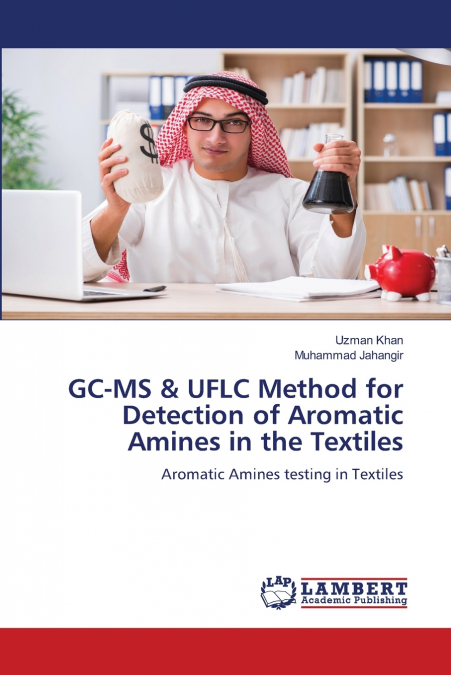
Muhammad Jahangir / Uzman Khan
Azo dyes are widely used due to their vibrant colors and compatibility with various substrates, but their reductive cleavage releases toxic aromatic amines. Existing quantification methods have limitations in applicability and simultaneous detection. This study presents a modified GC-MS method to analyze 28 amines and two internal standards in a single run, with UFLC confirmation. The method applies to diverse matrices, including liquid and powder dyes, textiles, and leather, eliminating the need for separate protocols. Recovery was 85%-115%, with linearity (R² = 0.994-0.996), a calibration range of 1-30 ppm, and a detection limit of 0.1 ppm. RSD was 17% for test specimens and 5% for pure amines. Applied to 600 real articles (867 test specimens), 22 aromatic amines were detected (5-1800 ppm). Among them, 21 specimens exceeded EU regulations, while 168 were below reporting limits. The method was validated against ISO standards and successfully tested on various textile and leather articles, providing a reliable approach for detecting toxic amines in diverse matrices.